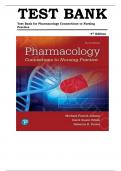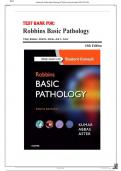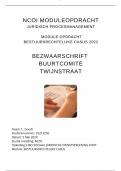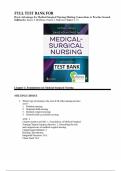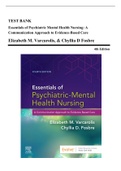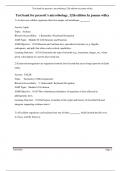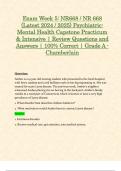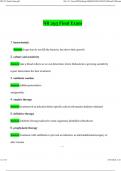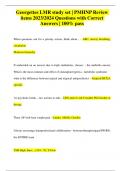Exam (elaborations)
TEST BANK FOR Pharmacology: Connections to Nursing Practice 4th Edition by Michael Adams & Carol Urban ,ISBN: 9780134867366 All Chapters Covered || Complete Guide A+
Pharmacology: Connections to Nursing Practice 4th Edition Adams Test Bank-The nurse is teaching a pharmacology class to a group of student nurses. Which key events does the nurse include in the history of pharmacology? Note: Credit will be given only if all correct choices and no incorrect choices ...
[Show more]
